
Waterwheel Plant Facts
- First of all, the term of Waterwheel Plant serves as the accepted common name for a truly remarkable variety of flora. However, it also goes by the comparatively difficult to pronounce scientific name of the Aldrovanda Vesiculosa. But, regardless of which name one uses to refer to it, one thing stands out about it. That’s the fact that this astounding work of Nature represents an extraordinary type of carnivorous plant.
- Further, in terms of genetics, this highly surprising species actually appears to be related to the Venus Flytrap. This fascinating plant species, however, actually evolved as fully aquatic and entirely free-floating. Also, the name derives from the fact that the whorls are around a central, free-floating stem. Despite its aquatic nature, it also represents one of the few carnivorous plants capable of rapid movement.
- Quite unfortunately, the population of the sincerely magnificent Waterwheel Plant appears to be dwindling rapidly throughout its range. Due to this lamentable situation, the IUCN now lists it as Endangered. This status appears on the organization’s Red List of Threatened Species. The very nature of its habitat preferences renders it highly vulnerable to the twin threats posed by habitat loss and climate change.
Related Articles
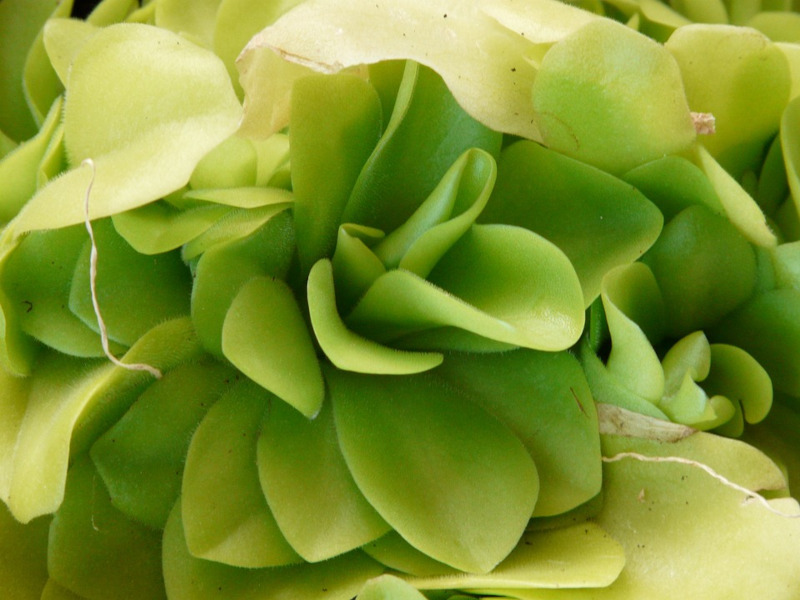
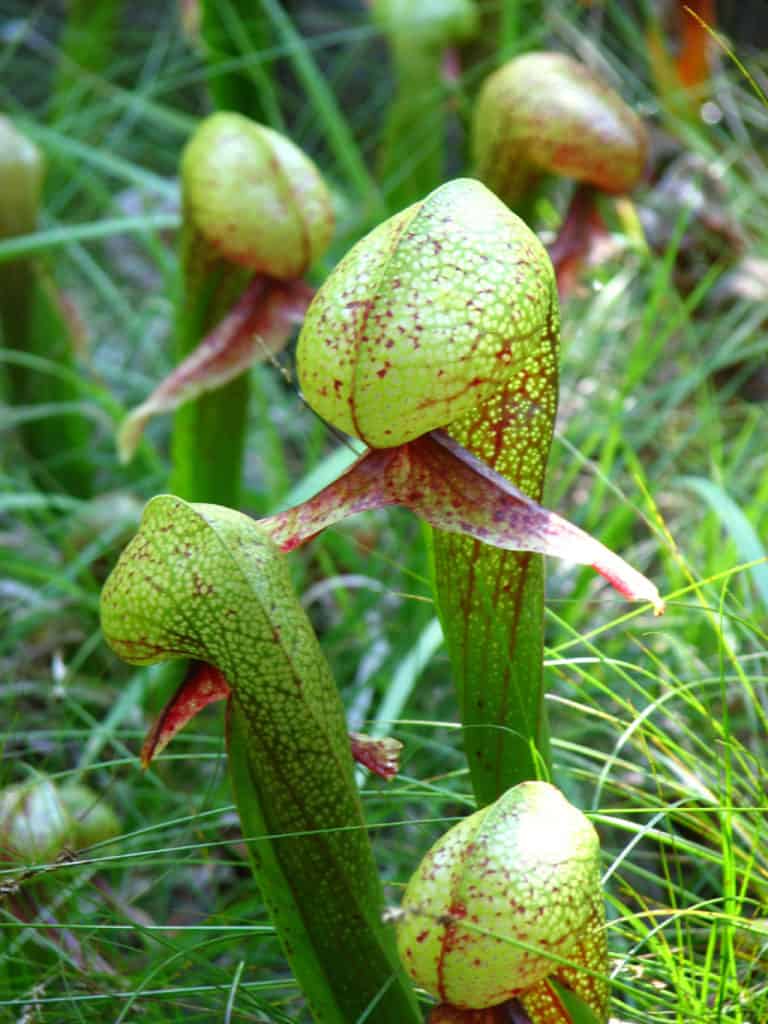
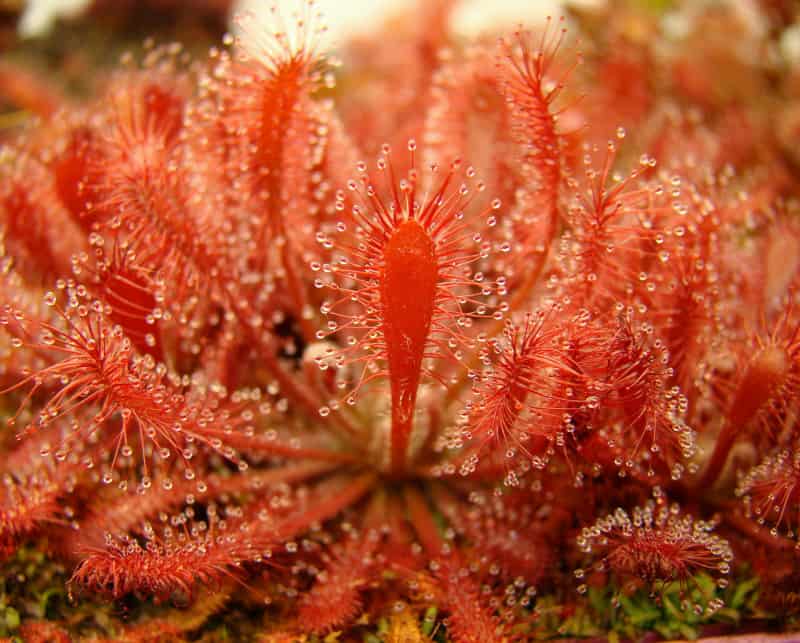

Waterwheel Plant Physical Description
Quite obviously, the very fascinating Waterwheel Plant possesses a physical appearance distinct from other carnivorous plants. However, given the aquatic nature of this wonder of Nature, this comes as no surprise to scientists. Nevertheless, some aspects of its physiology truly set it apart from others of its kind.
Perhaps most notably among these factors remains its very structure. That holds true due to the fact that this greenish, rootless aquatic plant actually consists of free-floating stems. In addition, these sometimes attain a respectable length of as much as 16 in (40 cm). However, most remain significantly smaller.
Furthermore, the trap of the plant itself also develops as relatively quite small in size. This occurs because this part of it averages a width of only 0.12 in (3 mm). Amazingly, though, these features grow in remarkable whorls. In point of fact, these develop with between 5 – 9 in a close grouping along the stem.
Finally, the underwater traps of the aptly-named Waterwheel Plant actually consist of two separate lobes. These also develop lined with fine hairs. These trigger the trapping reflex upon touch. The plant feeds almost exclusively on small aquatic invertebrates. Further, when activated, the traps close within 10-20 milliseconds.
- Kingdom: Plantae
- Phylum: Angiosperms
- Class: Eudicots
- Order: Caryophyllales
- Family: Droceraceae
- Genus: Aldrovanda
- Species: A. vesiculosa
Waterwheel Plant Distribution, Habitat, and Ecology
The visually stunning and scientifically amazing Waterwheel Plant evolved as endemic to a quite large swathe of the world. In point of fact, this fabulous species actually forms the most widely distributed of all known carnivorous plants. That holds true due to the fact that the marvel evolved as endemic to specific portions of the continents of Asia, Africa, Australia, and Europe.
Nonetheless, given its particular nature, the species has highly specific requirements for its choice of habitat. As a result, the incredible Angiosperm typically prefers clean, shallow, and warm standing water. But, this also must have nearly constant bright light and comparatively low nutrient levels. Furthermore, this fascinating plant also ,most often appears with various reeds and rushes.
It also spreads mainly through the movement of waterfowl. Plants sticking to the feet of a bird make it to the next aquatic destination on the bird’s route. As a result, most Waterwheel Plant populations live along bird migratory routes. Throughout the last century, the species has also become increasingly rare, listed unfortunately as locally extinct in an increasingly large number of countries.
Species Sharing Its Range
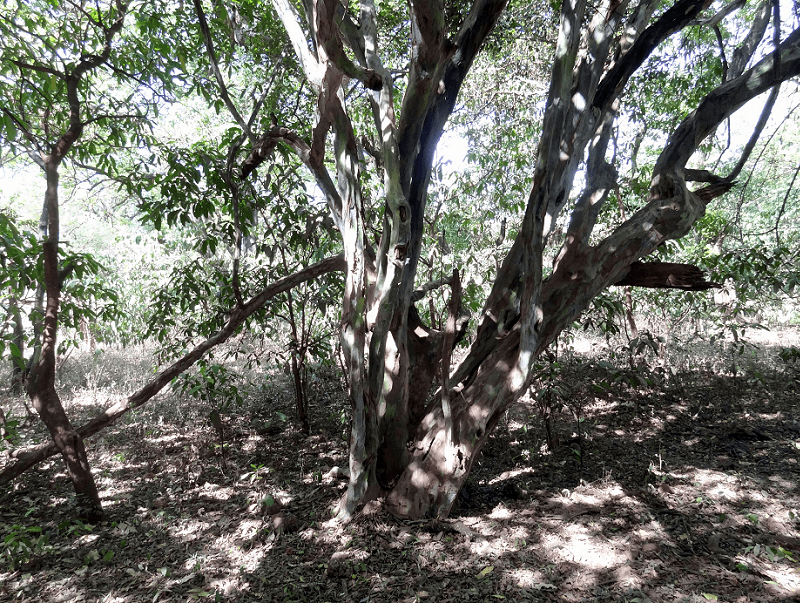
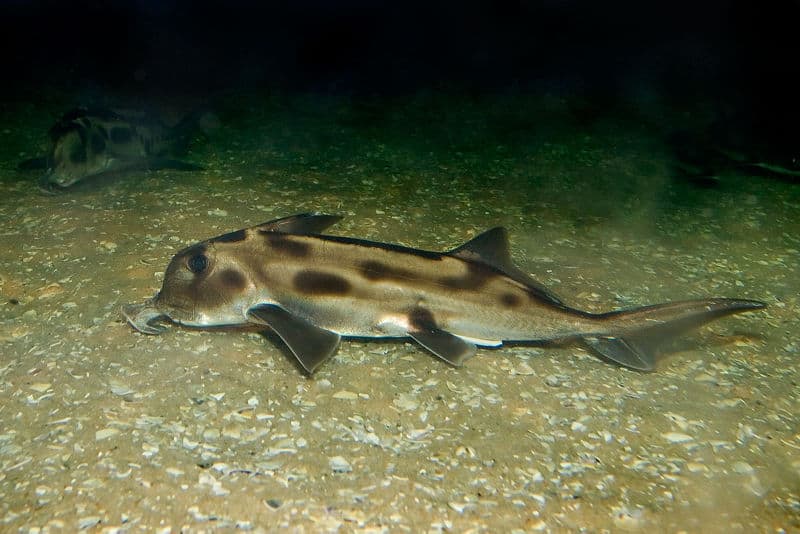
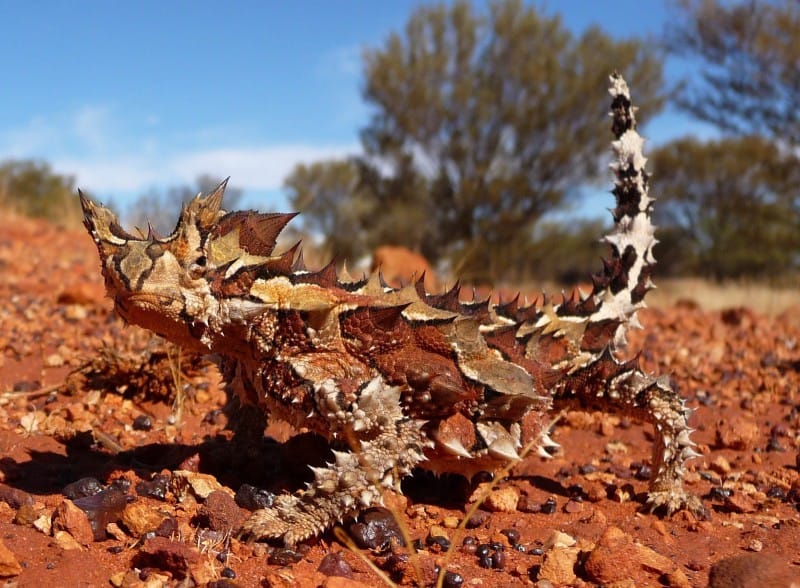
Check out our other articles on 8 Swoon-Worthy Caves, Spanish Shawl, Turritopsis Nutricula, Gocta Cataracts, Vampire Moth, Puffin, Rainbow Snake, East African Lowland Honey Bee










Leave a Reply